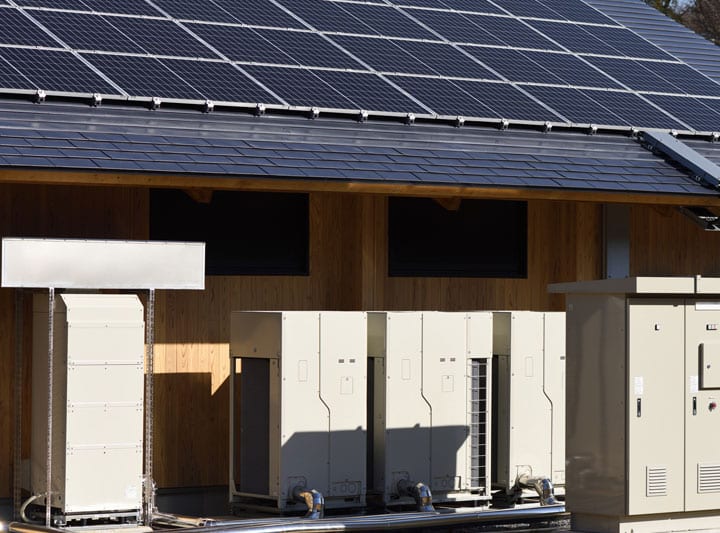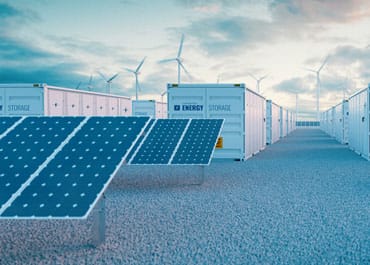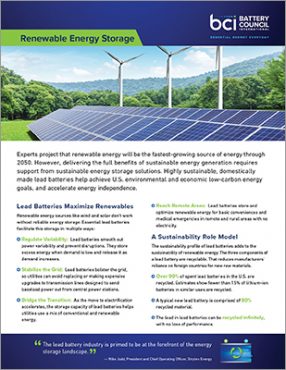Advancing towards net-zero carbon energy production will require efficient consumer energy management. Behind the Meter energy storage is essential to alleviate grid stress from power usage fluctuations and peak electricity demand charges.
Micro Grid Energy Storage
The need to harness and utilize renewable energy has never been greater. Lead batteries can provide energy storage capabilities for...











